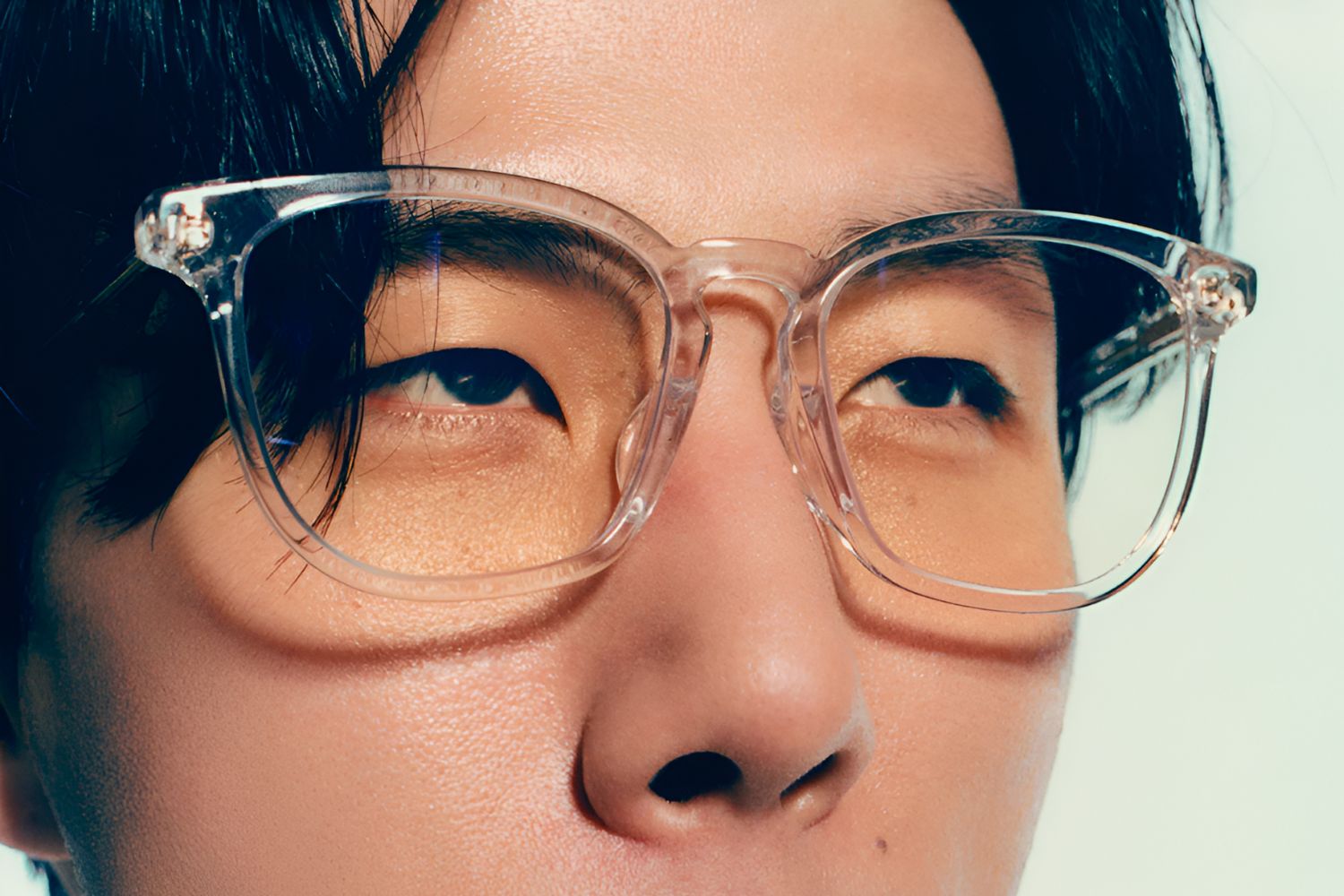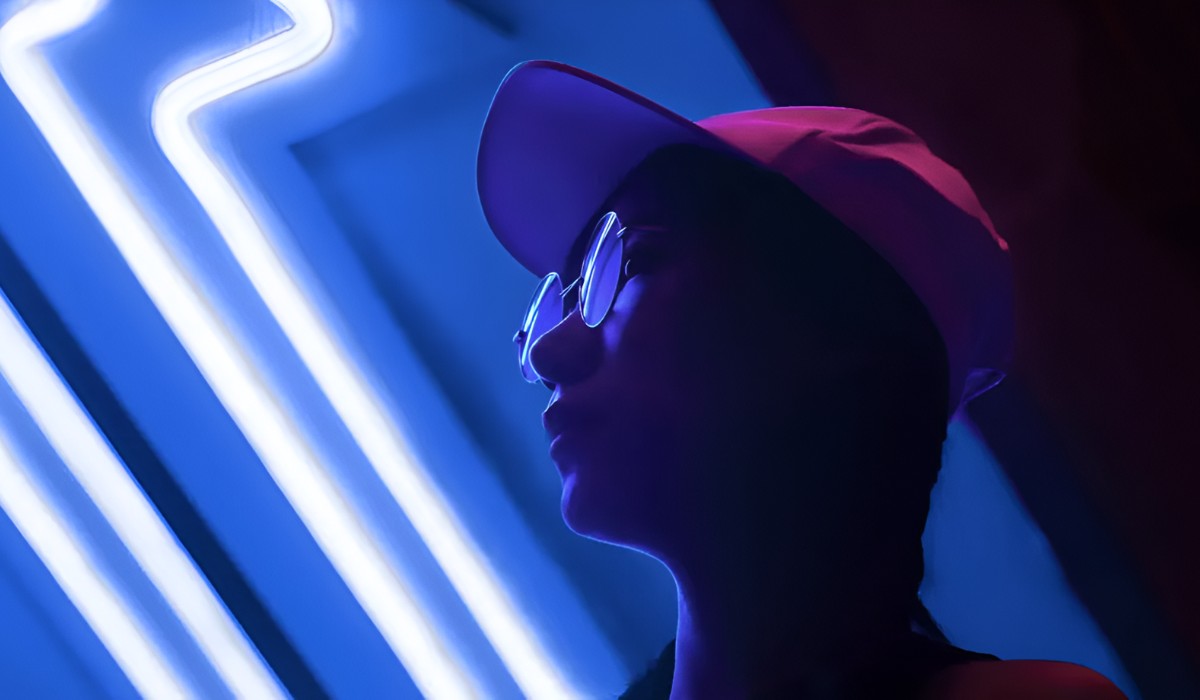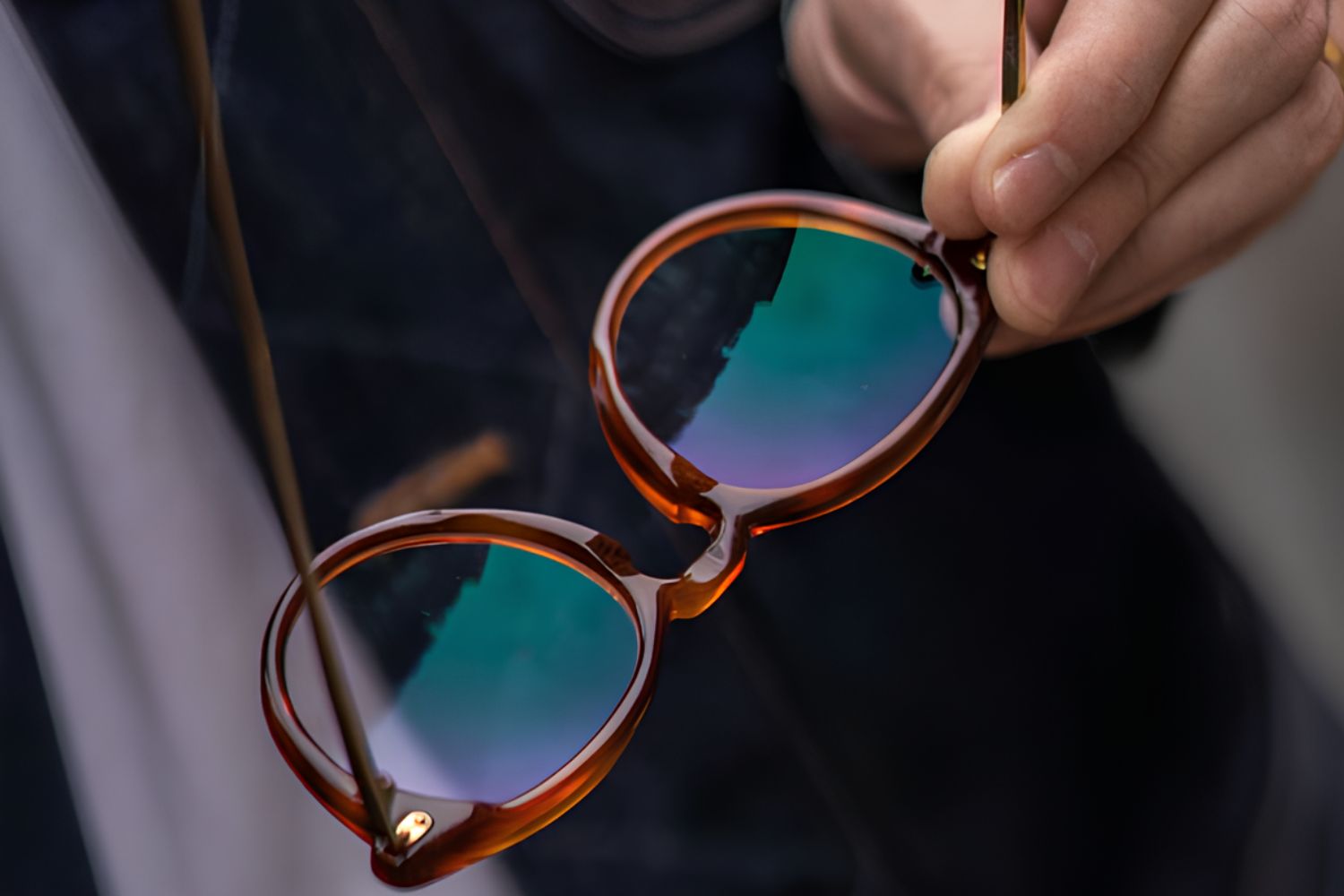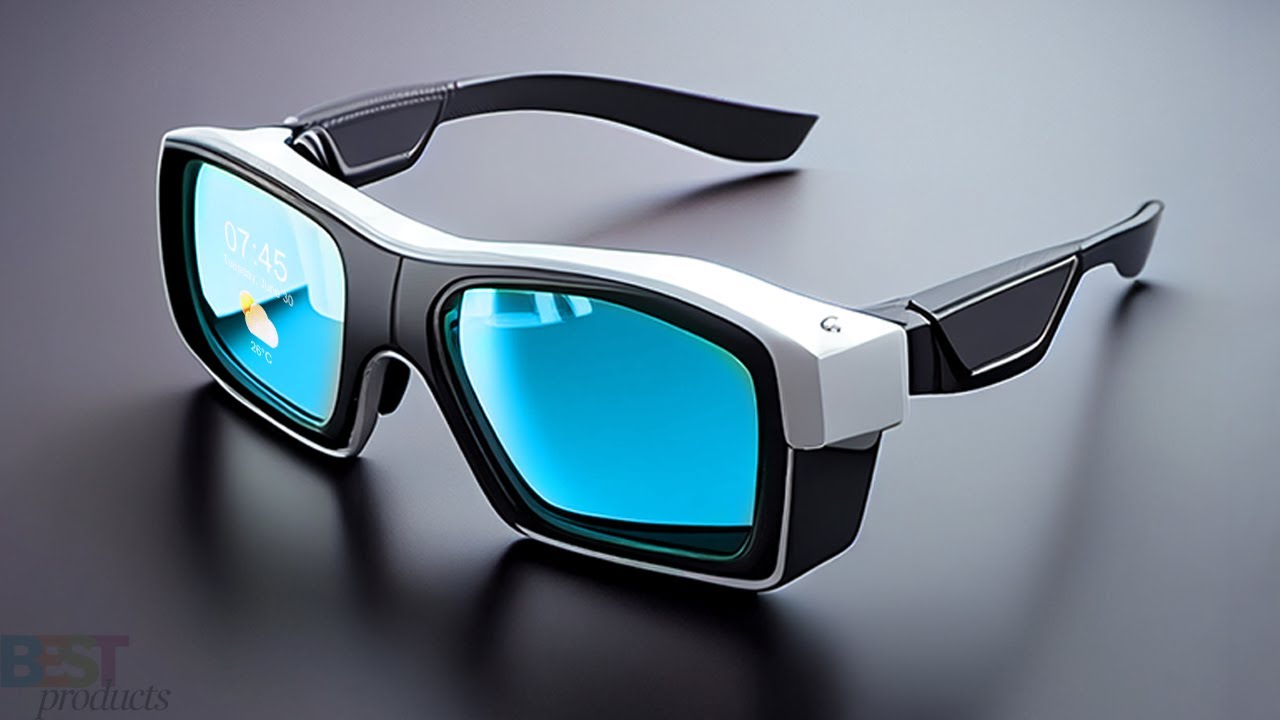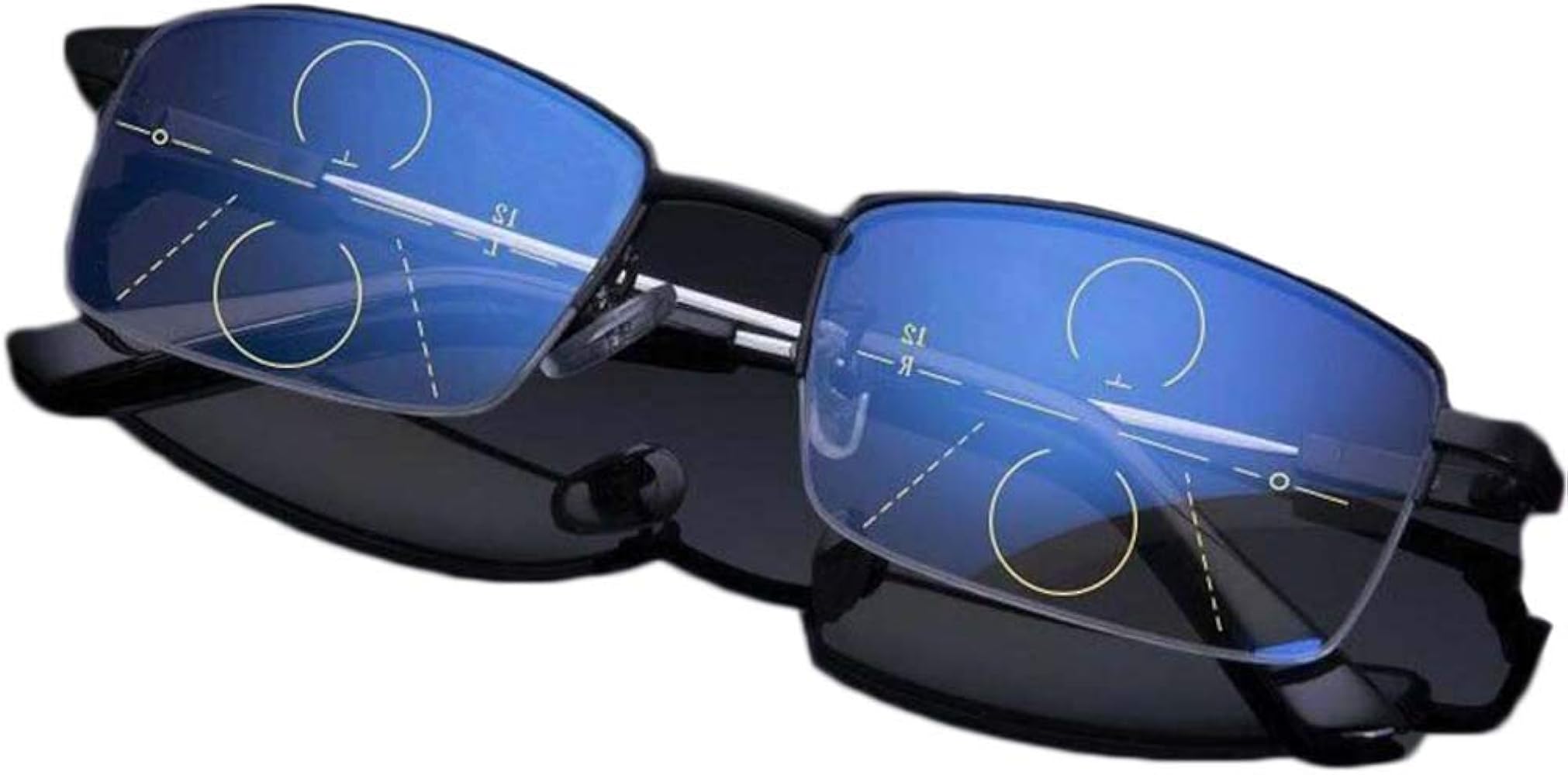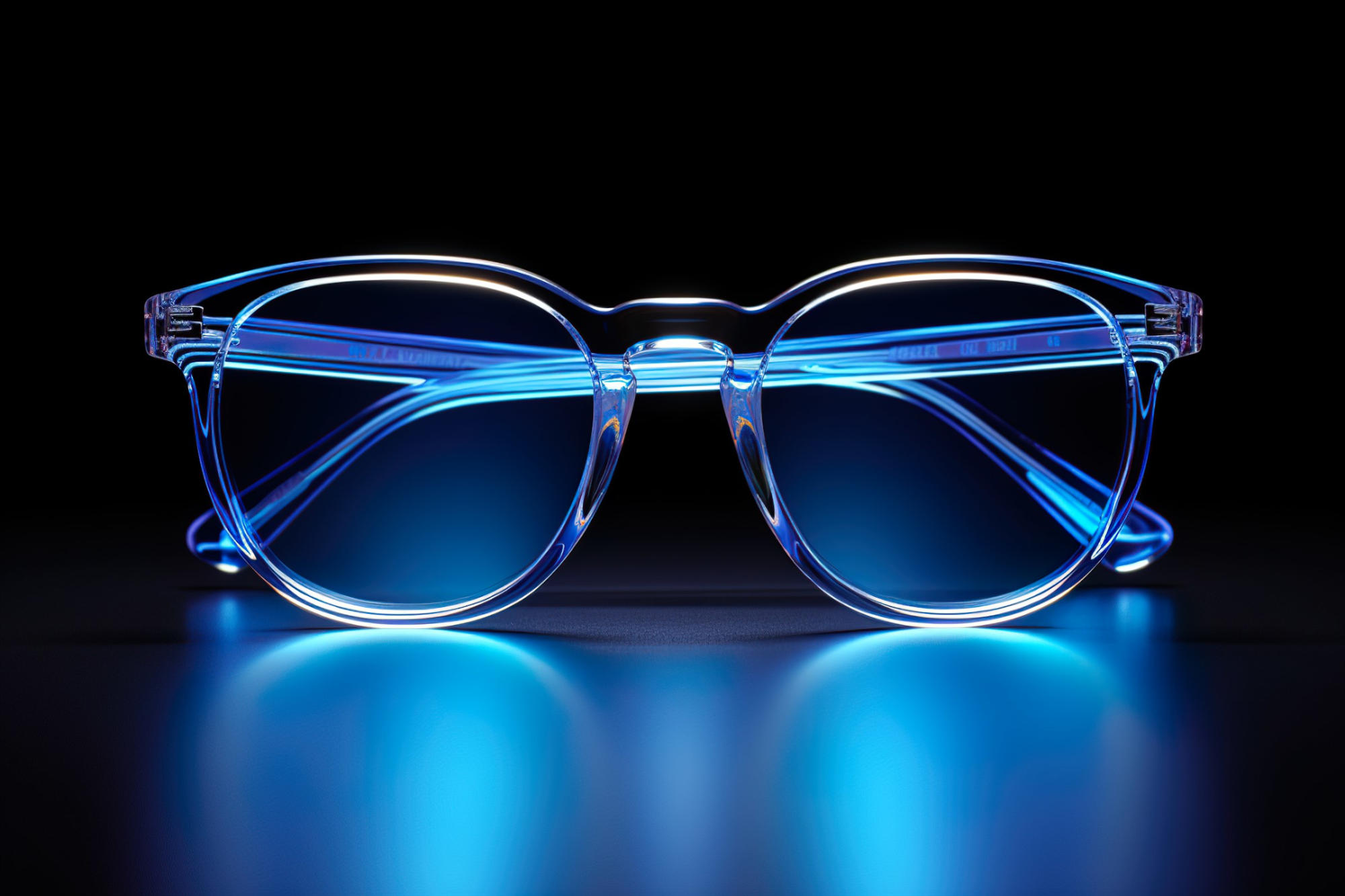Introduction
In today's digital age, our lives are intertwined with technology. From the moment we wake up to the time we go to bed, we are constantly exposed to screens – be it smartphones, tablets, computers, or TVs. While this technological advancement has undoubtedly revolutionized the way we live and work, it has also brought to light the potential risks associated with prolonged screen time.
One of the key concerns is the exposure to blue light emitted by digital devices. Blue light is a high-energy, short-wavelength light that is emitted by the sun as well as digital screens. Its presence in our daily lives has raised questions about its impact on our eyes and overall well-being. As a result, the use of blue light glasses has gained significant attention as a potential solution to mitigate the adverse effects of prolonged screen exposure.
Understanding the implications of blue light exposure and the benefits of blue light glasses is essential for making informed decisions about when and how to use them. With the growing awareness of the potential impact of blue light on eye health and sleep patterns, individuals are seeking ways to protect themselves from its potential negative effects.
This article aims to delve into the world of blue light, its effects on our eyes and sleep, and the benefits of utilizing blue light glasses. Additionally, it will explore the factors to consider for optimal timing when using blue light glasses, providing valuable insights into when and how they can be most effective in safeguarding our eyes and promoting better sleep patterns. By gaining a deeper understanding of these aspects, readers will be equipped to make informed choices about integrating blue light glasses into their daily routines for enhanced well-being.
Understanding Blue Light
Blue light is a high-energy, short-wavelength light that is part of the visible light spectrum. It is emitted by the sun and is also prevalent in digital screens, LED lighting, and fluorescent lights. The human eye is particularly sensitive to blue light, and its presence in our daily environment has raised concerns about its potential impact on eye health and overall well-being.
One of the key characteristics of blue light is its short wavelength, which means it contains higher energy levels compared to other visible light wavelengths. This high-energy feature gives blue light its characteristic blue-white color and enables it to penetrate deeply into the eye. While exposure to natural blue light during the day can have positive effects on our mood, alertness, and cognitive function, prolonged exposure to artificial sources of blue light, especially from digital screens, has raised concerns about its potential adverse effects.
Digital devices such as smartphones, tablets, computers, and televisions emit significant amounts of blue light. Prolonged exposure to these screens, particularly during evening hours, can disrupt the body's natural sleep-wake cycle, also known as the circadian rhythm. This disruption occurs because blue light suppresses the production of melatonin, a hormone that regulates sleep. As a result, excessive exposure to blue light in the evening can lead to difficulties falling asleep and can negatively impact the quality of sleep.
Moreover, the eyes are not well-equipped to block blue light, as the cornea and lens are unable to filter it effectively. This means that blue light can penetrate deep into the eye, potentially causing damage to the retina over time. The cumulative effects of prolonged blue light exposure have raised concerns about the potential risk of eye strain, digital eye fatigue, and long-term damage to retinal cells.
Understanding the properties of blue light and its prevalence in our modern environment is crucial for recognizing the need for protective measures. As the use of digital devices continues to be an integral part of daily life, the potential impact of blue light on eye health and sleep patterns has prompted individuals to seek solutions to mitigate its effects. This has led to the emergence of blue light glasses as a potential tool for reducing blue light exposure and safeguarding eye health.
In the next section, we will delve into the effects of blue light on the eyes and sleep, shedding light on the potential risks associated with prolonged exposure to blue light and the resulting impact on overall well-being. Understanding these effects is essential for appreciating the significance of incorporating protective measures such as blue light glasses into our daily routines.
Effects of Blue Light on the Eyes and Sleep
Blue light exposure has become a prevalent concern in the modern digital age, with significant implications for eye health and sleep patterns. The eyes are particularly sensitive to blue light due to its high-energy, short-wavelength nature. Prolonged exposure to blue light, especially from digital screens, can have adverse effects on both the eyes and sleep quality.
Impact on Eye Health:
The eyes are not equipped to effectively block blue light, allowing it to penetrate deep into the eye. This can potentially lead to long-term damage to the retina, raising concerns about the development of age-related macular degeneration (AMD) over time. Additionally, prolonged exposure to blue light can contribute to digital eye strain, also known as computer vision syndrome, characterized by symptoms such as dry eyes, blurred vision, and headaches. The cumulative effects of digital eye strain can impact overall visual comfort and productivity, highlighting the need for protective measures against excessive blue light exposure.
Disruption of Sleep Patterns:
Blue light plays a significant role in regulating the body's circadian rhythm, the natural sleep-wake cycle. Exposure to blue light, particularly in the evening and nighttime hours, can suppress the production of melatonin, a hormone that signals the body to prepare for sleep. This disruption can lead to difficulties falling asleep and can negatively impact the overall quality of sleep. As a result, individuals who frequently use digital devices in the evening may experience sleep disturbances and a reduced ability to attain restorative sleep, ultimately affecting their overall well-being and cognitive function.
Potential Solutions:
Given the potential risks associated with prolonged blue light exposure, individuals are increasingly seeking solutions to mitigate its effects. One such solution is the use of blue light glasses, which are designed to filter out or block a portion of blue light emitted by digital screens. By incorporating blue light glasses into daily routines, individuals can reduce their overall exposure to blue light, potentially alleviating the strain on their eyes and supporting healthier sleep patterns.
Understanding the effects of blue light on the eyes and sleep is crucial for recognizing the need for protective measures. The emergence of blue light glasses as a potential tool for reducing blue light exposure underscores the importance of addressing these effects to promote overall well-being in the digital era.
Benefits of Blue Light Glasses
Blue light glasses offer a range of potential benefits that cater to the modern lifestyle characterized by extensive screen usage. These specialized glasses are designed to mitigate the adverse effects of prolonged exposure to blue light from digital devices, providing a proactive approach to safeguarding eye health and promoting better sleep quality.
1. Reduction of Eye Strain and Discomfort
One of the primary benefits of blue light glasses is their potential to reduce digital eye strain. Prolonged screen time can lead to symptoms such as dry eyes, blurred vision, and headaches, collectively known as digital eye strain or computer vision syndrome. Blue light glasses are equipped with specially designed lenses that filter out or block a portion of blue light, thereby alleviating the strain on the eyes and enhancing visual comfort during extended periods of screen use.
2. Support for Sleep Quality
By wearing blue light glasses, individuals can potentially mitigate the disruption of their natural sleep-wake cycle caused by evening screen exposure. The lenses in blue light glasses are designed to reduce the amount of blue light that reaches the eyes, particularly during evening and nighttime screen use. This can help maintain the production of melatonin, the hormone that regulates sleep, thereby supporting healthier sleep patterns and improving overall sleep quality.
3. Protection Against Potential Eye Damage
The long-term effects of cumulative blue light exposure on eye health have raised concerns about the risk of retinal damage and the development of age-related macular degeneration (AMD). Blue light glasses provide a proactive measure to reduce overall blue light exposure, potentially lowering the risk of retinal damage over time. By incorporating these glasses into daily routines, individuals can take a proactive step toward safeguarding their long-term eye health in the digital age.
4. Enhanced Visual Clarity and Comfort
The specialized lenses in blue light glasses can contribute to enhanced visual clarity and reduced visual discomfort during screen use. By filtering out a portion of blue light, these glasses can help maintain optimal visual acuity and reduce the occurrence of glare and visual disturbances associated with prolonged screen exposure. This can lead to improved visual comfort and productivity, particularly for individuals who rely on digital devices for work or leisure activities.
5. Versatile and Stylish Options
Blue light glasses are available in a variety of styles and designs, catering to diverse preferences and fashion sensibilities. This versatility allows individuals to integrate the protective benefits of blue light glasses into their daily routines without compromising on personal style. Whether for professional use or casual wear, the availability of stylish options makes it convenient for individuals to prioritize eye health and well-being without sacrificing fashion preferences.
Incorporating blue light glasses into daily routines can offer a proactive approach to mitigating the potential adverse effects of blue light exposure, thereby promoting overall eye health and well-being in the digital era. These benefits underscore the significance of considering blue light glasses as a valuable tool for enhancing visual comfort, supporting healthier sleep patterns, and safeguarding long-term eye health in the context of modern screen-dominated lifestyles.
Factors to Consider for Optimal Timing
When it comes to incorporating blue light glasses into daily routines, considering the optimal timing for their usage is essential for maximizing their potential benefits. Several factors should be taken into account to determine the most effective times to wear blue light glasses, aligning with individual lifestyle patterns and the natural rhythms of the body. By understanding these factors, individuals can make informed decisions about when to utilize blue light glasses to enhance their eye health and support healthier sleep patterns.
1. Screen Exposure Patterns:
The timing of screen exposure plays a significant role in determining when to wear blue light glasses. Individuals who engage in prolonged screen use during the evening and nighttime hours are likely to benefit from wearing blue light glasses during these periods. This is particularly relevant for those who use digital devices for work, entertainment, or leisure activities in the hours leading up to bedtime. By wearing blue light glasses during evening screen use, individuals can reduce their exposure to blue light and mitigate its potential impact on their sleep quality.
2. Sleep-Wake Cycle:
Considering the body's natural sleep-wake cycle, also known as the circadian rhythm, is crucial for determining the optimal timing for wearing blue light glasses. The circadian rhythm is influenced by environmental cues, including the presence of light. As evening approaches, the body's natural production of melatonin, the hormone that regulates sleep, is triggered. To align with this natural process, individuals may choose to wear blue light glasses in the hours leading up to bedtime, especially if they continue to engage with digital screens during this period. By doing so, they can minimize the disruption of their circadian rhythm and support the body's natural transition to a state conducive to restful sleep.
3. Personal Comfort and Preference:
Individual preferences and comfort levels also play a role in determining the optimal timing for wearing blue light glasses. Some individuals may find it beneficial to wear these glasses consistently during all screen use, regardless of the time of day, to maintain consistent protection against blue light exposure. Others may prefer to specifically wear blue light glasses during evening and nighttime screen use to target the period when the potential impact on sleep quality is most significant. Understanding personal comfort and preferences can guide individuals in establishing their preferred timing for incorporating blue light glasses into their daily routines.
4. Work and Lifestyle Demands:
The nature of an individual's work and lifestyle demands can influence the optimal timing for wearing blue light glasses. Those who work in environments with extensive artificial lighting or prolonged screen use may benefit from consistent usage of blue light glasses throughout the day to minimize cumulative exposure. Additionally, individuals with irregular work schedules, such as shift workers, may need to adapt their usage of blue light glasses based on their specific work hours and the corresponding impact on their sleep patterns. Considering these factors allows individuals to tailor the timing of blue light glasses usage to their unique work and lifestyle demands.
5. Environmental Lighting Conditions:
Environmental lighting conditions, both natural and artificial, can also inform the optimal timing for wearing blue light glasses. Individuals exposed to high levels of artificial blue light from indoor lighting or digital screens may find it beneficial to wear blue light glasses consistently throughout the day to counteract the cumulative effects of prolonged exposure. Conversely, those who have limited exposure to artificial blue light during the day and primarily use digital devices in the evening may prioritize wearing blue light glasses during the latter part of the day to address the specific period of heightened blue light exposure.
Understanding these factors provides individuals with valuable insights into determining the optimal timing for incorporating blue light glasses into their daily routines. By considering screen exposure patterns, the body's sleep-wake cycle, personal comfort and preferences, work and lifestyle demands, and environmental lighting conditions, individuals can strategically integrate the usage of blue light glasses to effectively mitigate the potential adverse effects of blue light exposure and promote overall eye health and sleep quality.
When to Wear Blue Light Glasses
Determining the optimal timing for wearing blue light glasses is essential for maximizing their potential benefits in safeguarding eye health and supporting healthier sleep patterns. Several factors should be taken into account when considering the most effective times to wear blue light glasses, aligning with individual lifestyle patterns and the natural rhythms of the body.
Screen Exposure Patterns
The timing of screen exposure plays a significant role in deciding when to wear blue light glasses. Individuals who engage in prolonged screen use during the evening and nighttime hours are likely to benefit from wearing blue light glasses during these periods. This is particularly relevant for those who use digital devices for work, entertainment, or leisure activities in the hours leading up to bedtime. By wearing blue light glasses during evening screen use, individuals can reduce their exposure to blue light and mitigate its potential impact on their sleep quality.
Sleep-Wake Cycle
Considering the body's natural sleep-wake cycle, also known as the circadian rhythm, is crucial for determining the optimal timing for wearing blue light glasses. The circadian rhythm is influenced by environmental cues, including the presence of light. As evening approaches, the body's natural production of melatonin, the hormone that regulates sleep, is triggered. To align with this natural process, individuals may choose to wear blue light glasses in the hours leading up to bedtime, especially if they continue to engage with digital screens during this period. By doing so, they can minimize the disruption of their circadian rhythm and support the body's natural transition to a state conducive to restful sleep.
Personal Comfort and Preference
Individual preferences and comfort levels also play a role in determining the optimal timing for wearing blue light glasses. Some individuals may find it beneficial to wear these glasses consistently during all screen use, regardless of the time of day, to maintain consistent protection against blue light exposure. Others may prefer to specifically wear blue light glasses during evening and nighttime screen use to target the period when the potential impact on sleep quality is most significant. Understanding personal comfort and preferences can guide individuals in establishing their preferred timing for incorporating blue light glasses into their daily routines.
Work and Lifestyle Demands
The nature of an individual's work and lifestyle demands can influence the optimal timing for wearing blue light glasses. Those who work in environments with extensive artificial lighting or prolonged screen use may benefit from consistent usage of blue light glasses throughout the day to minimize cumulative exposure. Additionally, individuals with irregular work schedules, such as shift workers, may need to adapt their usage of blue light glasses based on their specific work hours and the corresponding impact on their sleep patterns. Considering these factors allows individuals to tailor the timing of blue light glasses usage to their unique work and lifestyle demands.
Environmental Lighting Conditions
Environmental lighting conditions, both natural and artificial, can also inform the optimal timing for wearing blue light glasses. Individuals exposed to high levels of artificial blue light from indoor lighting or digital screens may find it beneficial to wear blue light glasses consistently throughout the day to counteract the cumulative effects of prolonged exposure. Conversely, those who have limited exposure to artificial blue light during the day and primarily use digital devices in the evening may prioritize wearing blue light glasses during the latter part of the day to address the specific period of heightened blue light exposure.
Understanding these factors provides individuals with valuable insights into determining the optimal timing for incorporating blue light glasses into their daily routines. By considering screen exposure patterns, the body's sleep-wake cycle, personal comfort and preferences, work and lifestyle demands, and environmental lighting conditions, individuals can strategically integrate the usage of blue light glasses to effectively mitigate the potential adverse effects of blue light exposure and promote overall eye health and sleep quality.
Conclusion
In conclusion, the pervasive presence of blue light in our modern digital environment has prompted a growing awareness of its potential impact on eye health and sleep patterns. The adverse effects of prolonged blue light exposure, particularly from digital screens, have raised concerns about eye strain, disrupted sleep quality, and potential long-term damage to retinal cells. However, the emergence of blue light glasses has offered a proactive solution to mitigate these effects and promote overall well-being in the digital era.
By understanding the effects of blue light on the eyes and sleep, individuals can appreciate the significance of incorporating protective measures such as blue light glasses into their daily routines. These specialized glasses offer a range of potential benefits, including the reduction of eye strain, support for sleep quality, protection against potential eye damage, enhanced visual clarity and comfort, and versatile, stylish options. By leveraging these benefits, individuals can actively safeguard their eye health and promote healthier sleep patterns amidst extensive screen usage.
Furthermore, determining the optimal timing for wearing blue light glasses is crucial for maximizing their potential benefits. Factors such as screen exposure patterns, the body's sleep-wake cycle, personal comfort and preference, work and lifestyle demands, and environmental lighting conditions should be taken into account to strategically integrate the usage of blue light glasses. By aligning the timing of wearing blue light glasses with individual lifestyle patterns and natural rhythms, individuals can effectively mitigate the potential adverse effects of blue light exposure and promote overall eye health and sleep quality.
In the digital age, where screen-dominated lifestyles have become the norm, the proactive adoption of blue light glasses represents a proactive step toward prioritizing eye health and well-being. By recognizing the implications of blue light exposure, leveraging the benefits of blue light glasses, and considering the optimal timing for their usage, individuals can empower themselves to navigate the digital landscape while safeguarding their eyes and promoting healthier sleep habits.
Ultimately, the integration of blue light glasses into daily routines serves as a testament to the proactive measures individuals can take to embrace technology while prioritizing their well-being. As the understanding of blue light and its effects continues to evolve, the utilization of blue light glasses stands as a tangible and accessible approach to promoting a harmonious balance between digital engagement and the preservation of eye health and sleep quality.







